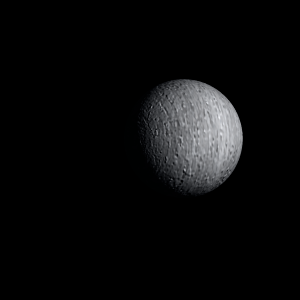|
|
Space Astro
|
Info for exoplanet "Jagato-pyu"
| Scientific (actual) data |
|---|
| Name | HATS-49 b |
| Planet status | Confirmed |
| Planet mass | 0.353 |
| Radius | 0.765 |
| Orbital period | 4.14805 |
| Semi major axis | 0.04515 |
| Orbit eccentricity | 0.071 |
| Inclination | 88.27 |
| Discovered | 2020 |
| Updated | 2020-02-17 |
| Tzero tr | 2457110 |
| Impact parameter | 0.42 |
| K | 55.9 |
| Temperature (kelvin) | 834.8 |
| Publication | Published in a refereed paper |
| Detection type | Primary Transit |
| Mass measurement type | Spectrum |
| Radius measurement type | Primary Transit |
| Star name | HATS-49 |
| Right ascension | 6.61° |
| Declination | -56.34° |
| Star distance | 324.6 |
| Star metallicity | 0.208 |
| Star mass | 0.7133 |
| Star radius | 0.6977 |
| Star age | 10.5 |
| Star temperature | 4405 |
| Wikipedia article | HATS-49 b |
Back
| |
| Fictional info (?) |
|---|
| Suggested name | Jagato-pyu |
| Planet type | Hot gas giant |
| The planet telescopically displays the complete range of phases, similar to Venus and the Moon, as it moves in its inner orbit relative to HATS-49, which reoccurs over the so-called synodic period approximately every 99 days.
As seen relative to the fixed stars, it rotates on its axis exactly five times for every four revolutions it makes around HATS-49.
The volume of water ice in the south polar ice cap, if melted, would be sufficient to cover the entire planetary surface to a depth of 9 meters. |
| Estimated population | 1700000 |
| Atmosphere | Carbon dioxide | 75% |
| Methane | 14% |
| Oxygen | 9.1% |
| Water | 0.6% |
| Atmospheric pressure | 26 bar |
 |
| No known satellites |
| Google search for Jagato-pyu |
|
Website by Joachim Michaelis
|
|
|
|